Introduction
Marketing automation strategy is a cutting-edge technology that banks on advanced software mechanisms to automate several repetitive and boring marketing tasks. This innovative tool helps businesses build closer connections with valued customers while optimizing efficiency and resource allocation.
A Marketing automation strategy allows businesses to take over mundane tasks like automating email sends and scheduling social media posts. However, its capabilities go far beyond the mundane and include advanced features such as customer segmentation, campaign orchestration, and data-driven analytics.
Market automation strategy have a diverse range of work. Whether you want to send personalized messages to segmented audiences or track customer behavior to shape future marketing automation strategy tools are the solution.
In this article, we will understand how to implement an effective marketing automation strategy and look at several key points to keep in mind. So let's begin with the first step on how to develop an effective marketing automation strategy.
Setting Clear Objectives
When setting up a marketing automation strategy, having clear objectives is crucial. Without clear goals for your marketing automation strategy, you’re just shooting in the dark.
Defining Your Goals
Start by knowing what you want to achieve. Your goals will ultimately dictate your marketing automation strategy. Here’s how to define them:
Increase Lead Generation: Suppose you own an online store. You wish for more people to sign up. Your goal could be to increase sign-ups by 20% in six months.
Boost Customer Retention: Let’s say you run a fitness app. You notice that users lose momentum after a few weeks. Your goal might be to improve retention by 15% over the next quarter. With this in mind, you can create automated reminders and tips to keep users engaged.
Improve Sales Conversion Rates: Imagine you manage a software company. Only a few of your leads convert into customers. Your goal could be to raise the conversion rate by 10% within a year. This helps you focus on refining your sales funnel and follow-up processes.
Enhance Customer Experience: Picture running a travel agency. You want clients to have a seamless experience. Your goal may be to increase your customer satisfaction scores by 50% in six months. This could involve automating personalized travel recommendations and follow-up surveys.
Identifying Your Audience
To create an effective marketing automation strategy, knowing your audience is crucial.
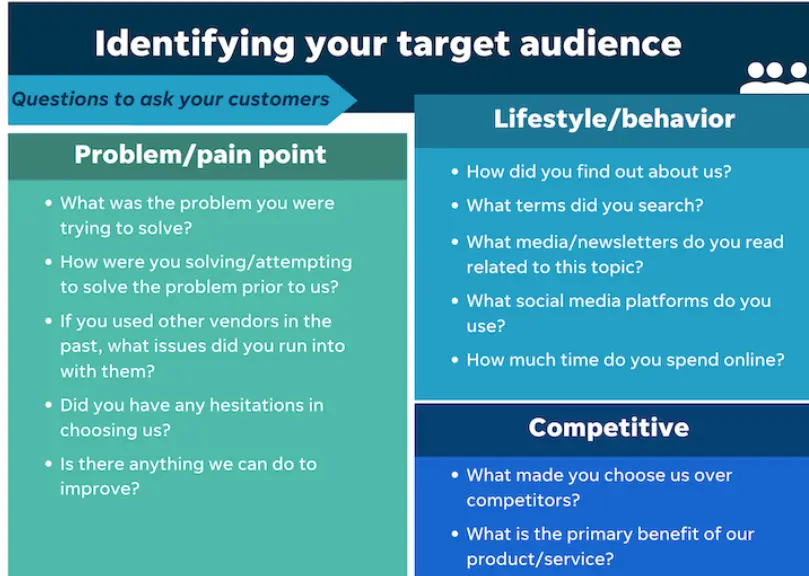
Creating Customer Personas
Customer personas help you understand your audience better. They are fictional characters representing your ideal customers. Here’s how to create them:
Research Your Audience: Suppose you own a fashion e-commerce store. Start by gathering data from surveys, customer feedback, and website analytics. Identify patterns in demographics, behaviors, and preferences.
Identify Common Traits: Look for common traits among your customers. If any of your buyers are young professionals, note their age range, job roles, and interests.
Create Detailed Personas: Combine these traits to create detailed personas. If you sell outdoor gear, you might create a persona named "Adventure Alex," a 30-year-old outdoor enthusiast who values sustainability. Include their goals, challenges, and how your products meet their needs.
Use Personas in marketing automation strategy: Tailor your marketing messages to these personas. For "Adventure Alex," highlight eco-friendly features and adventure tips in your emails.
Choosing the Right Tools
Selecting the right tools is vital for implementing your marketing automation strategy. With the right tools, you can streamline processes and enhance efficiency. This section will guide you through evaluating different tools for marketing automation strategy:
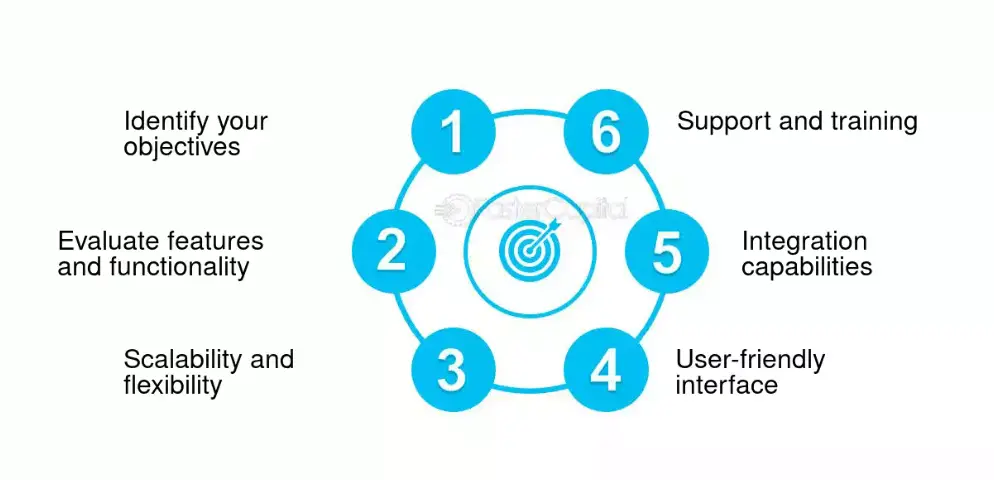
Evaluating Different Tools
Choosing the best tools for marketing automation strategy requires careful evaluation. Here’s how to go about it:
Identify Your Needs: Determine what you need from a tool. If you run a small business, you might need an all-in-one solution for email marketing, social media, and CRM. This helps you focus on tools that meet your specific requirements.
Compare different Features: If you manage a large online store, you might need advanced analytics, customer segmentation, and integration with your e-commerce platform. Comparing features ensures you get the best fit for your needs.
Consider Ease of Use: Choose user-friendly tools. If you have a small team, you might prefer tools with a simple interface and easy setup.
Check Scalability: Ensure the tool can grow with your business. If you expect to expand your operations, choose tools that offer scalable solutions.
Suggested Reading:Maximizing ROI with BotPenguin's Marketing Automation Chatbot
Factors to Consider
Several factors should influence your choice of tools for marketing automation strategy. Here’s what to consider:
Budget: Your budget will significantly impact your choice. If you’re a startup, you might opt for cost-effective tools that offer essential features. This helps you manage costs while still benefiting from automation.
Integrations: If you use a specific CRM or e-commerce platform, check for compatibility. This ensures seamless data flow and efficient operations.
Customer Support: Good customer support is crucial. If you encounter issues, prompt support can save you time and hassle. Choose tools with strong support services, including chatbots for marketing support.
Reviews and Recommendations: Look at user reviews and seek recommendations. If many users praise a tool’s reliability and features, it’s likely a good choice.
By carefully evaluating tools and considering these factors, you can choose the right tools for your marketing automation strategy. This ensures your marketing automation strategy efforts are efficient, effective, and aligned with your business goals.
Suggested Reading:Choosing the Right Marketing Automation Software for Your Business
Developing a Content Strategy
A nice well-planned content strategy can be a game changer. It helps you engage your audience, build trust, and guide them through the buyer’s journey. Let’s explore the types of content you should use in your marketing automation strategy.
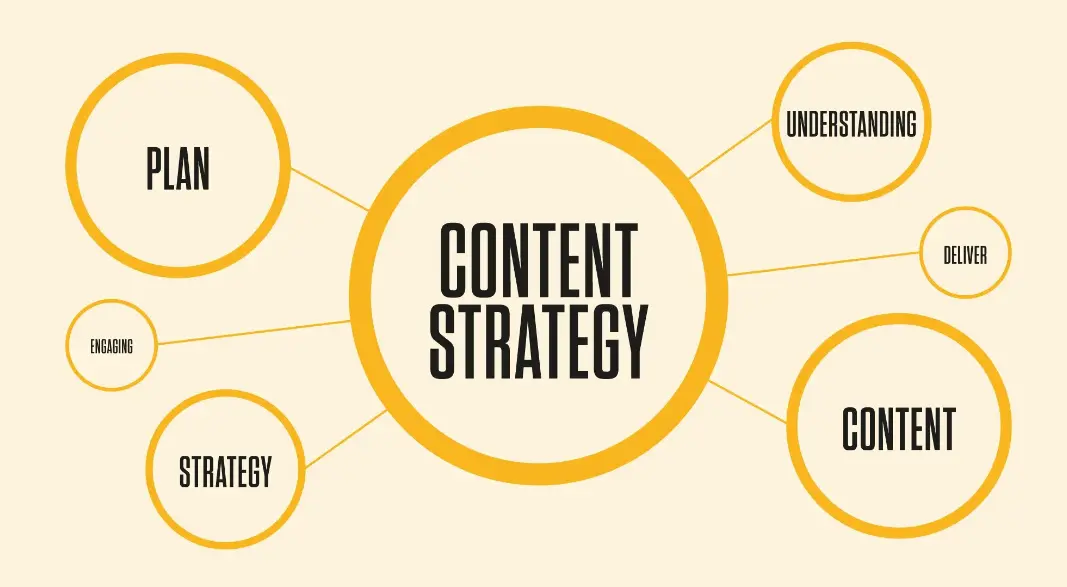
Types of Content to Use
Using the right content is key to engaging your audience.
Blog Posts: Create meaningful content that addresses your audience’s pain points. If you run a skincare brand, write about skincare routines and tips. This establishes your authority and attracts readers.
Emails: Use emails for personalized communication. If you offer an online course, send welcome emails, course updates, and completion reminders.
Social Media Posts: Keep your audience engaged on social media. If you sell handmade crafts, post behind-the-scenes content, customer stories, and new product launches.
Videos: Create videos to explain complex topics. If you’re a fitness coach, share workout tutorials and nutrition advice.
Content Creation Tips
Creating high-quality content consistently is crucial. Here are some tips to help you:
Know your target audience: If you target busy professionals, create quick, actionable tips they can easily apply.
Plan Ahead: Have a content calendar. If you’re a travel blogger, plan posts around holidays and travel seasons. This keeps your content timely and organized.
Be Consistent: Regularly publish content. If you run a food-based blog, try to post recipes every week.
Use Visuals: Incorporate images, infographics, and videos. If you’re a tech company, use infographics to explain complex data.
Measure and Improve: Track your content’s performance. If a particular type of post gets more engagement, create more of that content.
Designing Effective Workflows
Effective workflows automate repetitive tasks and help guide your customers through their journey. Here’s how to design effective workflows.
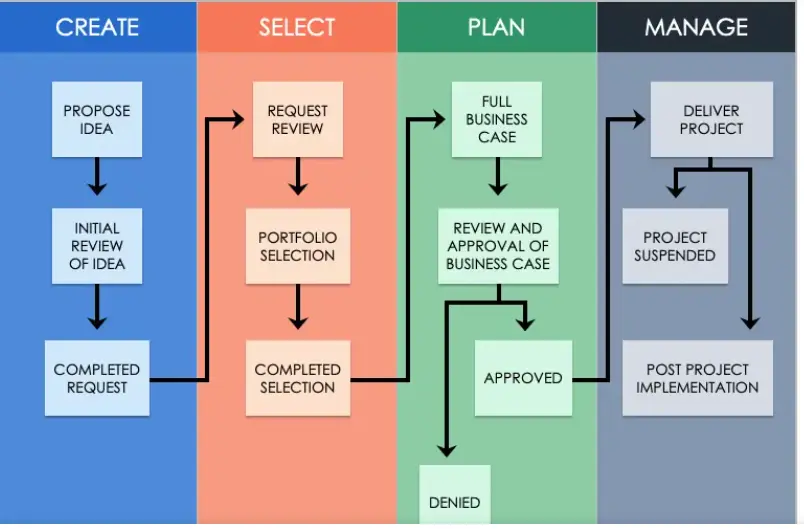
Mapping Customer Journeys
Understanding your customer’s journey helps you create effective workflows. Here’s how to map it:
Identify Touchpoints: Know where your customers interact with your brand. If you’re an online retailer, touchpoints might include your website, social media, and email.
Create a Journey Map: Visualize the customer journey. If you sell software, map out steps from awareness to purchase. This provides a clear picture of their experience.
Setting Up Automation Triggers
Automation triggers ensure your workflows run smoothly. Here’s how to set them up:
Define Triggers: Identify actions that should trigger automated responses. If a customer signs up for your newsletter, send a welcome email. This ensures timely and relevant communication.
Set Conditions: Specify conditions for each trigger. If a customer abandons their cart, send a reminder email after 24 hours. This targets them at the right time.
Create Sequences: Plan a series of automated actions. If a customer downloads an ebook, follow up with related content over the next few weeks. This nurtures them towards a purchase.
Test and Refine: Continuously test your automation triggers. If an email sequence isn’t performing well, adjust the timing or content. This ensures your automation remains effective.
Personalization and Customer Engagement
Personalizing your messages and enhancing the customer experience are crucial elements of any marketing automation strategy.

Tailoring Messages
Tailored messages resonate more with customers. Here’s how to do it:
Use Customer Data: Gather data from past purchases, browsing history, and interactions. If you run an online bookstore, recommend books based on previous purchases. This makes your messages relevant and engaging.
Segment Your Audience: Group your customers based on their behavior and preferences. If you manage a travel agency, segment customers who prefer beach vacations from those who prefer mountain retreats.
Dynamic Content: Use dynamic content to personalize messages. If you send a monthly newsletter, include different sections based on the recipient’s interests.
Enhancing Customer Experience
Enhancing the customer experience as part of marketing automation strategy ensures that your audience feels valued and satisfied. Here’s how:
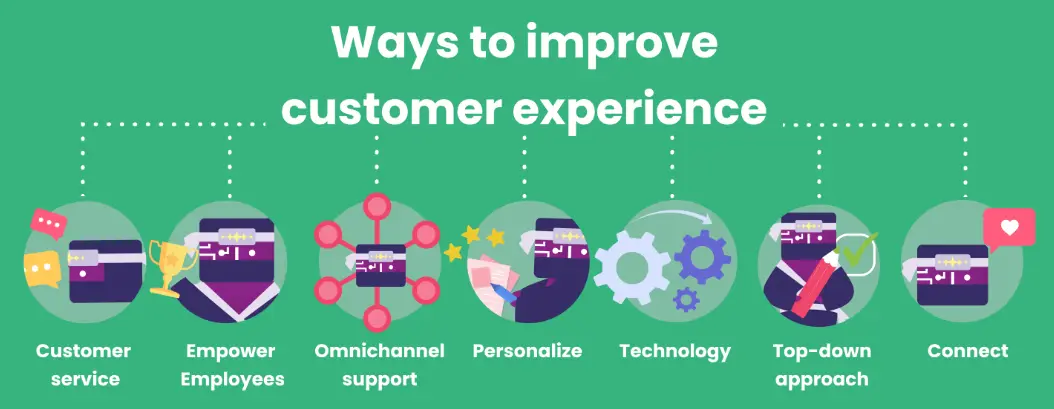
Automated Responses: Use chatbots for marketing to provide instant responses to customer inquiries. If you manage a clothing store, a chatbot can assist with size recommendations and order tracking.
Personalized Recommendations for you: If you run a streaming service, recommend movies or shows similar to what the customer has watched. This enhances their experience and encourages continued use
Feedback Loops: Collect and act on customer feedback. If you offer a subscription service, regularly ask for feedback and make improvements based on it. This shows customers that their opinions matter and helps improve your service.
Measuring the Success of Your Marketing Automation Strategy
Measuring the success of your marketing automation strategy is vital to understand what works and what doesn’t. Tracking key metrics and using data to refine your approach ensures continuous improvement.

Key Metrics to Track
Tracking the right metrics helps you gauge the effectiveness of your marketing automation strategy efforts. Here are some key metrics:
Open Rates: Monitor email open rates to see how well your subject lines and timing are performing. If you notice low open rates, experiment with different subject lines and sending times.
Click-Through Rates: Track the number of clicks on links in your emails. If you send a newsletter, see which articles or offers get the most clicks.
Conversion Rates: Measure the percentage of recipients who take the desired action, such as making a purchase or signing up for a webinar.
Using Data to Improve Marketing Automation Strategy
Using the data you collect to improve your marketing automation strategy is crucial. Here’s how:
Analyze Patterns: Look for patterns in your data. If you see that personalized emails have higher open rates, focus more on personalization. This helps you refine your approach based on what works.
Adjust Based on Feedback: Incorporate customer feedback into your marketing automation strategy. If customers suggest more detailed product descriptions, update your content accordingly. This ensures your marketing automation strategy evolves based on customer needs.
Conclusion
Developing an effective marketing automation strategy involves several key elements: personalizing customer interactions, measuring the success of your efforts, and ensuring compliance with regulations. By tailoring your messages and enhancing the customer experience, you can engage your audience more effectively.
Tracking key metrics and using data to refine your strategies ensures continuous improvement of your marketing automation strategy. Analyzing analytics can provide insightful information to refine your marketing automation strategy.
Finally, maintaining compliance with relevant regulations helps build and retain customer trust. By following this marketing automation strategy, you can create a marketing automation strategy that drives engagement, loyalty, and growth for your business.
So without further ado, start crafting your own unique marketing automation strategy for your business!
Frequently Asked Questions (FAQs)
What is marketing automation?
It is the process of automating repetitive tasks involved in a marketing campaign. It helps businesses save time, personalize customer interactions, and improve efficiency in marketing efforts.
Why is marketing automation strategy important?
Marketing automation streamlines workflows, improves lead nurturing, increases customer engagement, and boosts conversion rates. It enables businesses to deliver personalized experiences at scale, enhancing overall marketing efficiency and effectiveness.
How to pick the correct marketing automation tool for you?
Consider your business needs, budget, and integration capabilities. Look for user-friendly interfaces, robust analytics, and scalability. Popular tools include HubSpot, Marketo, and Mailchimp.
What are key components of a marketing automation strategy?
Key components include lead generation, lead nurturing, email marketing, customer segmentation, analytics, and personalized content. A successful strategy integrates these elements to optimize marketing efforts and improve ROI.
How to quantify the success of my marketing automation strategy?
Track metrics like CTR,ROI, OR and use analytics insights to see the positive impact of your campaign.
What are common challenges in marketing automation strategy?
Common challenges include data integration, content creation, maintaining data quality, and aligning automation with business goals. Overcoming these requires strategic planning, continuous optimization, and choosing the right tools.

